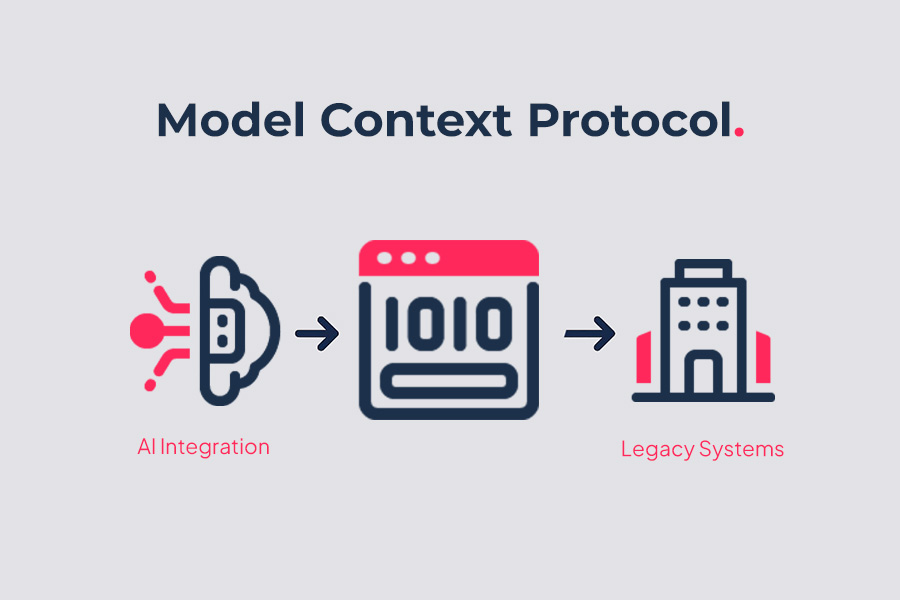Imagine having a groundbreaking software idea—but before you invest time, money, and energy in fully coding and developing it, how do you know if it will work? That’s where a Proof of Concept (POC) comes in. It’s not just a checkbox in the development process; it’s the safety net that helps teams validate ideas, identify risks, and build with confidence.
A well-executed POC can differentiate between a failed project and a game-changing innovation. It’s the first step in turning a vision into reality, ensuring that what looks good on paper can genuinely perform in the real world.
In this article, we’ll dive into everything you need to know about Proof of Concept in software development—why it matters, how it works, and the key benefits it brings. Whether you’re a startup founder, a developer, or a business leader, understanding the power of a POC is essential to building successful, scalable solutions. Let’s get started!
Understanding Proof of Concept in Software Development
Proof of concept is key in software development, and it is usually easily handled by quickly outsourcing the development to experts. It’s a small project that checks whether a more significant project can work. Proof of concept helps determine whether ideas are good, identify problems, and start strong.
Knowing when to start a POC helps developers make wise choices. It’s about testing ideas and finding issues early.
A proof of concept (POC) is critical in making great software. It’s a small project to see if a big idea can be turned into software. Although POC and MVP are different, both are important.
POCs test ideas and determine whether they work. MVPs are more finished versions of projects. Both are important for creating software.
The Power of Validation in Software Projects
Validation is key in software development. The power of proof of concept is vital here. It turns a vision into something tangible, allowing developers to test and improve their ideas. This ensures the project is on the right path.
This journey from vision to validation reduces risks, boosts collaboration, and increases confidence in the project’s success.
Proof of concept has many benefits. It validates assumptions and ideas, helping developers spot issues early and fix them more easily. Thus, proof of concept allows developers to create software that meets user needs.
Proof of concept is crucial in software development. It helps turn ideas into real solutions and ensures projects are successful, efficient, and meet high standards.
Essential Elements of an Effective POC
Creating a Proof of Concept (POC) requires careful planning. Key elements are essential for success and help ensure the project goes smoothly.
Developers must work together well, so they need good communication and essential soft skills beyond high technical skills. This teamwork is crucial for a successful POC.
Technical Feasibility Assessment
First, check if the project is possible. This step finds any big problems early. It makes sure the project can be done.
It helps to use the best development methodologies and best practices for the project and available resources wisely. This way, the project can be finished on time and within budget.
Resource Requirements Analysis
Next, determine what resources are needed. This will help you plan better and avoid problems. It will also ensure that the project stays on track and doesn’t exceed budget.
A POC can be effective and efficient by planning well and working together.
Distinguishing Between POC, Prototype, and MVP
Understanding the differences between proof of concept (POC), prototype, and minimum viable product (MVP) is key in software development. A POC checks if a project is feasible. A prototype shows the product’s features. An MVP has the essential features to test and validate.
A proof of concept (POC) is different from a prototype. A more advanced prototype focuses on how it works and feels to users. Knowing the difference helps developers better plan their projects.
A good prototype can show whether the product works and identify problems early, helping shape the MVP. The MVP should be complete enough to please early users and obtain feedback. By understanding the differences, developers can make better choices, leading to success.
Building Your POC Strategy
A solid plan is needed to create a successful proof of concept (POC). It involves several steps to ensure the POC works well and quickly. Using agile development methods helps developers make a POC that meets stakeholder needs and prepares for project success.
Defining Objectives and Selecting Features
The first step is to set clear goals. This means determining the main features and functions the POC will demonstrate. Developers can create a helpful and quick POC by focusing on the most critical parts.
The 4 steps to build a POC strategy are:
- Defining goals
- Picking key features
- Setting a timeline
- Carrying out the plan.
These steps are key to a complete POC strategy.
Setting Timeline and Milestones
After setting goals and features, the next step is to plan a timeline and milestones. This means creating a schedule with important tasks and deadlines for the POC. Agile development methods help create a flexible plan that can be changed.
Following these steps is crucial for project success. Developers can create an effective and efficient proof of concept (POC) by following these steps.
Maximizing Stakeholder Engagement
To make a proof of concept (POC) successful, developers should follow essential steps to create one that stakeholders will like. This means figuring out the main features and adding them to the POC.
It’s also vital to listen to stakeholders. Developers can create a good POC by focusing on the main features and using their feedback. This means listening to what they say and making changes as needed.
Developers can engage stakeholders by following these steps and focusing on the main features. This makes the project more likely to succeed and makes everyone involved happy. Getting stakeholders on board is crucial for any project’s success, and a well-thought-out POC is a big part of that.
Measuring POC Success
A detailed evaluation framework is key to measuring the success of a Proof of Concept (POC). This framework should include important KPIs to show how well the POC performed. By focusing on the benefits of a well-planned POC, developers can spot areas for improvement. Using the best methods is vital to ensuring the POC’s success.
Defining Success Metrics
Setting up success metrics is a big step in measuring POC success. It means finding the right KPIs that match the project’s goals. This way, developers can see how well the POC did and make wise choices. A good evaluation framework helps with better stakeholder engagement, credibility, and confidence in the project’s success.
Implementing Feedback Mechanisms
Feedback mechanisms are crucial for gaining valuable insights from stakeholders. Surveys, interviews, or focus groups are the best methods for collecting feedback. Developers can use this feedback to improve the POC. Feedback mechanisms help with better communication, transparency, and a higher chance of reaching the desired goals.
From POC to Development: The Transition Phase
Moving from a proof of concept to actual development is key in software making. It needs careful planning and execution for a smooth move. First, create a detailed plan that uses what was learned from the proof of concept.
Knowing the importance of proof of concept helps developers build a strong project base. This base comes from insights and knowledge from the proof of concept, which allows spot risks and opportunities. The transition phase is a chance to improve the project plan, assign resources, and set achievable timelines.
A well-thought-out transition phase can lower risks and keep the project on track. Using what was learned from the proof of concept is vital to guide the development. This way, developers can make a top-notch software that users will love. The first step to software success is to create a detailed plan that uses lessons from the proof of concept.
Transitioning from proof of concept to development requires careful planning, doing, and watching. Developers can use a structured method to ensure a smooth transition and set their projects up for success. This includes creating a detailed project plan, assigning resources, and setting realistic timelines. The aim is to develop high-quality software that meets user needs, and the first step is to create a detailed plan that uses lessons from the proof of concept.
Common Pitfalls and How to Avoid Them
Knowing common pitfalls is key when starting a proof of concept. These issues can slow down or even stop your project. Agile development helps by being flexible and adaptable.
Resource Allocation Mistakes
One big problem is not managing resources well. This can cause delays and extra costs. A good plan can help avoid this. It includes knowing what resources you need, who does what, and when.
Scope Management Issues
Scope problems can also be a big issue. They can make your project grow too big. Agile methods help manage this by focusing on what’s most important. They also help make changes smoothly.
Communication Gaps
Not talking enough can also cause problems, including misunderstandings. A good communication plan helps keep everyone on the same page, which means regular updates and open talks.
Tools and Technologies for POC Development
Tools and technologies are needed to create a proof of concept (POC). Developers use best practices to develop detailed POCs, which set the project up for success. The tools and technologies chosen depend on the project’s needs.
It’s important to follow key development steps, including setting clear goals, selecting essential features, and setting a timeline. A structured approach and the right tools help create a POC that meets stakeholder needs, leading to long-term success.
In the United States, many companies have made successful POCs. They chose the right tools and followed best practices. This has driven their business success. Whether it’s a small startup or a big company, the right tools are crucial for a POC’s success.
Conclusion: Leveraging POC for Project Success
The proof of concept (POC) helps turn ideas into genuine products. By understanding the importance of a POC, developers can make their vision a reality.
Developers can improve their planning by learning from the POC process. This includes checking whether the project is technically feasible, what resources it needs, and what risks it might face. This way, they can make smart choices and avoid problems.
Teams can ensure their project works well by working with stakeholders and checking whether the POC succeeded. Using the POC wisely helps move smoothly from the initial study to the complete development phase.
This journey through proof of concept in software development shows a clear path to success. Developers can create software with the right tools and knowledge to meet people’s needs. Starting with a strong proof of concept is the first step to achieving great things in software development.






